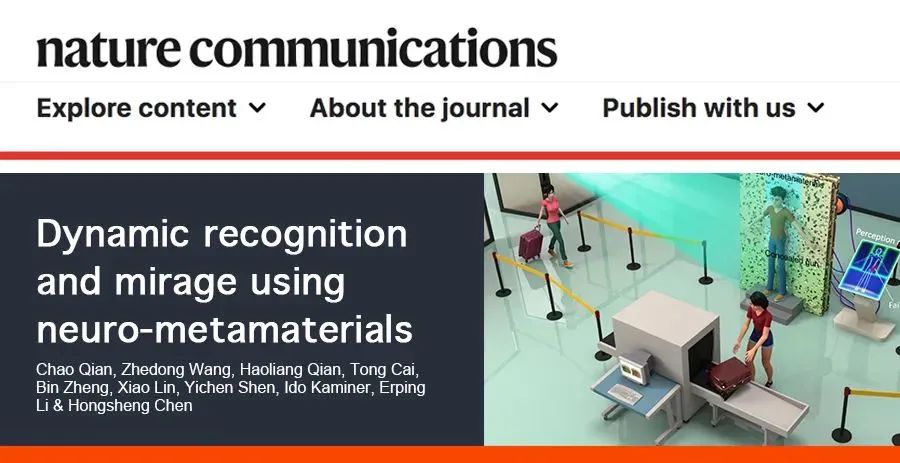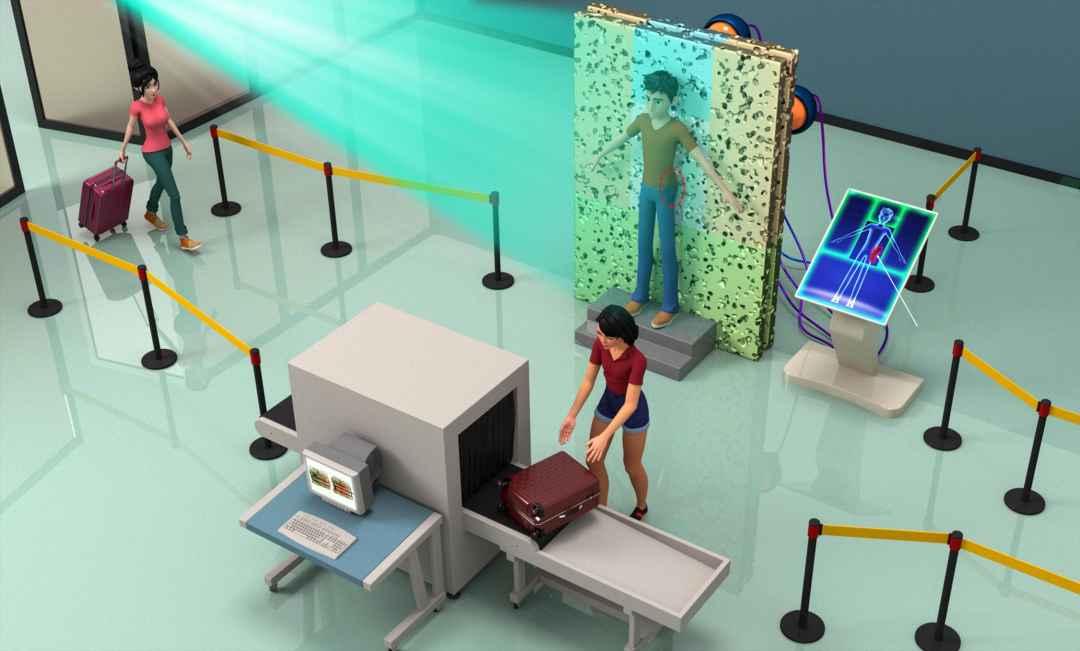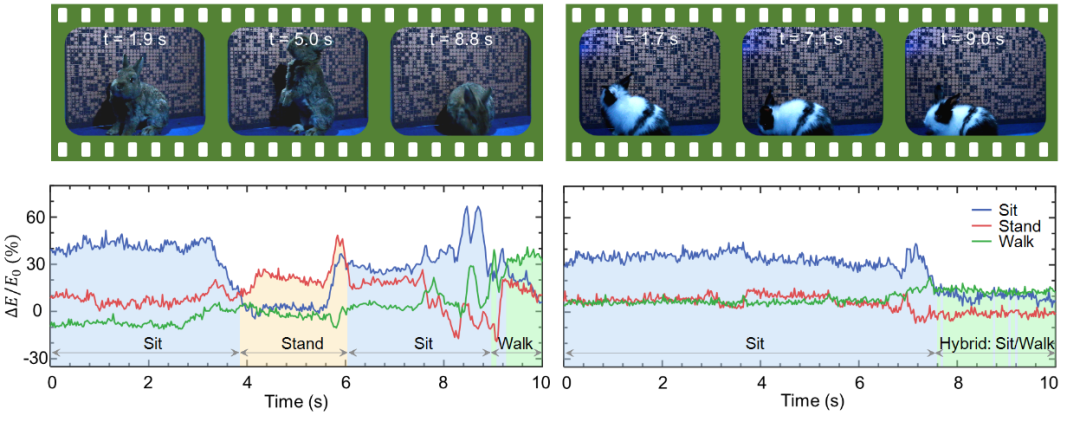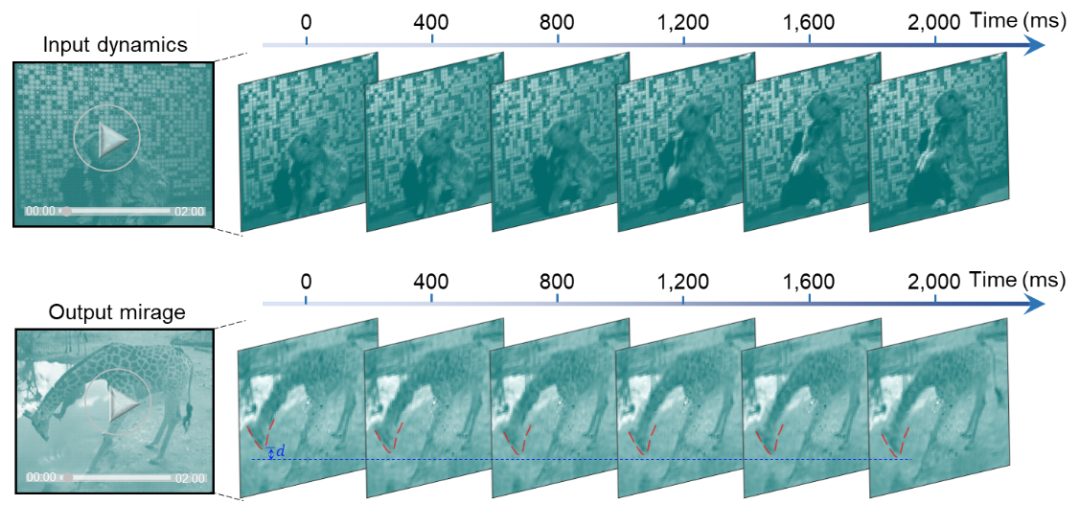
Recently, the internationally renowned comprehensive journal Nature Communications has reported the latest research results of the research group of QIAN Chao, a researcher and Assistant Professor at Zhejiang University-the University of Illinois at Urbana-Champaign (ZJUI), and his collaborative teams at home and abroad with the title of "Dynamic recognition and mirage using neuro-metamaterials". The research group proposed the concept of neuro-metamaterials for dynamic object recognition and mirage invisibility.

▲ Figure 1 Illustrative usage of neuro-metamaterials in a security inspection system.
Object recognition is a computer technology that involves computer vision and image processing to detect, classify, and tag instances of semantic objects of a certain class in digital photographs. In modern society, it has already permeated deeply into every corner of our life, such as through video surveillance, target tracking, and image annotation and segmentation. To achieve object recognition, conventional approaches typically entail a two-step procedure: image sequences are captured by a camera and then processed using a digital computer, in tandem with deep learning or other pattern recognition algorithms. However, with the exponential growth of Big Data and the Internet of Things, the conventional two-step procedure may not be considered adequate, with speed-of-light parallel information collection and data processing being in high demand.
To address this challenge, Assist. Prof. QIAN Chao and his teams of collaborators at home and abroad proposed the concept of neuro-metamaterials to realize direct and dynamic 3D object recognition. With the help of deep learning and topology optimization algorithms, the neuro-metamaterial can translate user-oriented demands into the spatial structure of the metamaterial, which can automatically analyze or process scattered electromagnetic waves (termed as scattering neural networks). In general, neuro-metamaterials can be embodied in either passive (inherent intelligence) or active (external-driven intelligence) forms. In the experiment, two rabbits played freely in front of the neuro-metamaterial, and the metamaterial processed and analyzed the scattered fields around the rabbits to directly recognize rabbits’ postures, such as walking, standing, and squatting (Figure 2).

▲ Fig. 2 Experimental results showing real-time recognition of the postures of two rabbits.
Furthermore, the group proposed a dynamic optical illusion based on the neuro-metamaterials to convert a sequence of rabbit movements into a holographic video of drinking giraffe (Figure 3). Compared with traditional optical illusions, this method has the advantages of dynamic inputs and practical feasiblity. The research results build a new platform for real-world applications of all-optical computing and provide new ideas for some interesting but difficult-to-reach physical concepts. The neuro-metamaterials proposed in this work have important applications in wireless communication, illusionary invisibility, and optical information processing and display, possibly ushering in an "Optical Internet of Things" era.

▲Fig. 3 Dynamic optical illusion based on neuro-metamaterials.
Assist. Prof. QIAN Chao of ZJUI is the first author of the paper, and he is the co-corresponding author with Prof. Li Erping and Prof. CHEN Hongsheng. The research was done in collaboration with Dr. WANG Zhedong and other domestic and foreign experts. The work was supported by the National Natural Science Foundation of China and other projects.
Link to the paper:https://www.nature.com/articles/s41467-022-30377-6


Article:QIAN Chao 's group
Editor in charge:ZHANG Yi; LI Yinan





